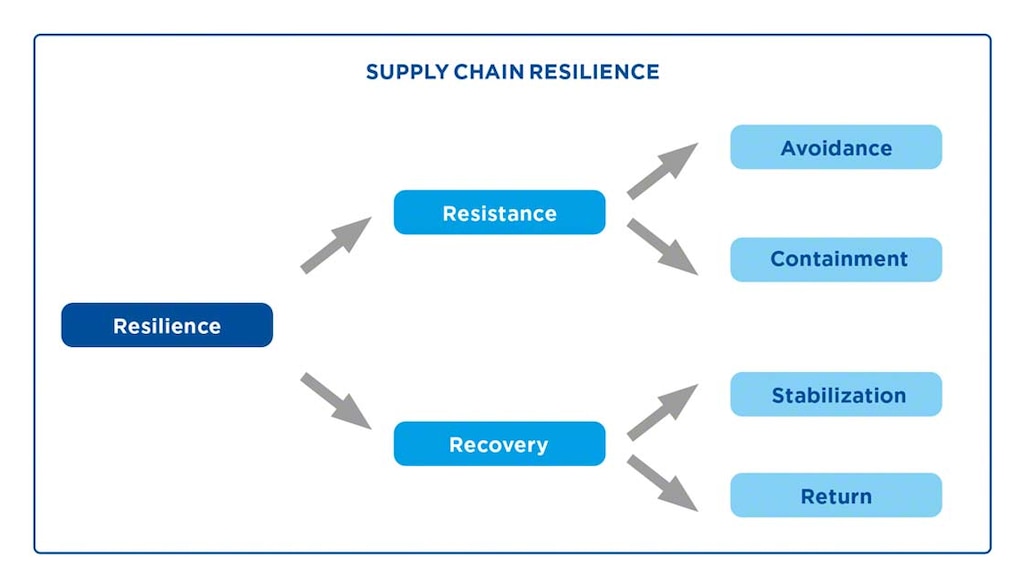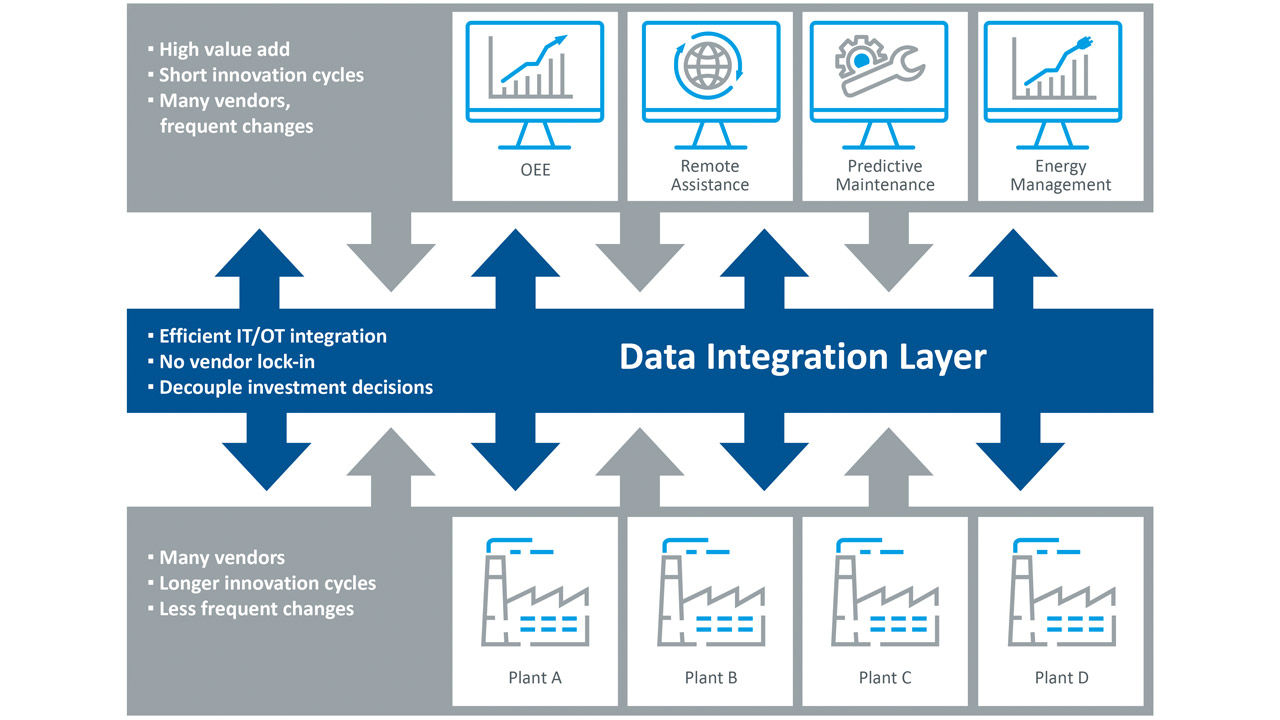
Building Fortitude: Navigating Uncertainties with Supply Chain Resilience
In the contemporary business landscape, where disruptions are inevitable, cultivating supply chain resilience has become a strategic imperative. A resilient supply chain not only weathers uncertainties but emerges stronger, better prepared to adapt and thrive in the face of unforeseen challenges.
Understanding Supply Chain Resilience: A Holistic Approach
Supply chain resilience involves a holistic approach to risk management, encompassing the capacity to anticipate, prepare for, respond to, and recover from disruptions. It goes beyond contingency planning, emphasizing adaptability, transparency, and collaboration across the entire supply chain ecosystem.
Risk Identification and Mitigation: Proactive Strategies
The first step in building supply chain resilience is the identification and mitigation of potential risks. This involves a thorough assessment of vulnerabilities in the supply chain, including dependencies on key suppliers, geopolitical factors, and external events. Proactive strategies, such as dual sourcing and inventory optimization, can mitigate risks before they escalate.
Technology Integration: The Digital Backbone of Resilience
In the digital age, technology plays a pivotal role in enhancing supply chain resilience. Utilizing advanced analytics, IoT sensors, and AI-driven forecasting allows businesses to gain real-time insights into their supply chain. This digital backbone enables rapid decision-making and provides the agility needed to navigate disruptions effectively.
Supplier Collaboration: Strengthening Partnerships
Supply chain resilience is a collaborative effort. Strengthening partnerships with suppliers involves open communication, shared risk assessments, and mutual support. Establishing a collaborative ecosystem ensures that all stakeholders are aligned in their commitment to resilience, creating a network that can collectively respond to challenges.
Diversification Strategies: Reducing Single Points of Failure
Over-reliance on a single supplier or geographic region can be a vulnerability. Diversification strategies, such as engaging with multiple suppliers and establishing regional manufacturing hubs, help reduce single points of failure. This not only enhances resilience but also provides flexibility in responding to dynamic market conditions.
Scenario Planning: Preparedness for the Unpredictable
Effective supply chain resilience includes scenario planning for a range of potential disruptions. By simulating various scenarios, businesses can identify weak points in their supply chain and develop response strategies. This proactive approach ensures preparedness for the unpredictable, reducing the impact of unforeseen events.
Continuous Monitoring and Adaptation: Agility in Action
Resilience is not a one-time achievement but an ongoing process. Continuous monitoring of supply chain performance allows businesses to adapt swiftly to changing conditions. This requires real-time data, key performance indicators (KPIs), and regular reassessment of risk factors to maintain an agile and responsive supply chain.
Employee Training and Skill Development: Human Capital Resilience
Supply chain resilience is not solely dependent on technological solutions; the human element is equally vital. Employee training and skill development programs ensure that the workforce is equipped to handle disruptions effectively. This includes cross-training employees, fostering problem-solving skills, and instilling a culture of adaptability.
Post-Disruption Recovery: Learning and Improvement
Even the most resilient supply chains may face disruptions. The key is in the recovery process. After a disruption, businesses should conduct a thorough analysis of their response, identifying areas for improvement. This post-disruption learning enables continuous refinement, ensuring that the supply chain becomes more resilient with each challenge faced.
For an in-depth exploration of cultivating supply chain resilience and thriving in uncertain times, explore this insightful article on Supply Chain Resilience. Stay informed, embrace resilience strategies, and fortify your supply chain against the complexities of today’s business environment.



